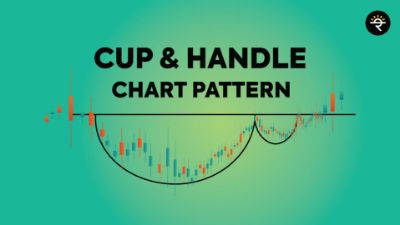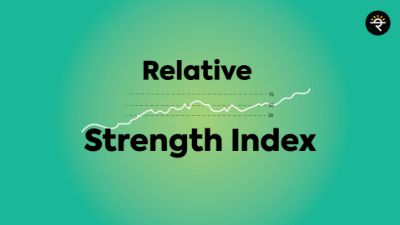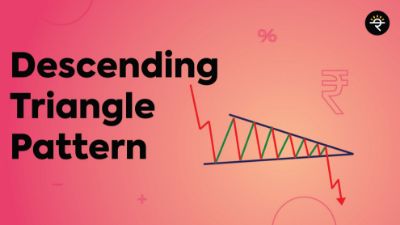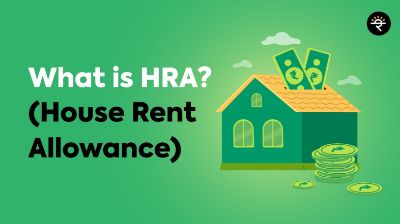It is human tendency to imitate success stories. We frequently follow eminent Indian stock market investors who have achieved phenomenal success and attempt to participate in the same kinds of ventures that they have had. While it might not be a fine decision to duplicate their portfolios because we have our own restrictions and distinct investment philosophies, we can learn a few things from their investing and life experiences that will help us plan our own successful investing journey.
Let us have a look at the top investments of the top 3 individual investors.
1. Mr. Radhakishan Damani
Radha Kishan Damani, a low-profile trader, investor, entrepreneur, and veteran known as "Mr. White and White," is one of the top investors in the Indian market. He liked to speculate and watch the stock market tactics rather than getting personally involved in trading because he was a beginner in the broking industry in his 20s.
At the age of 32, he made his first investment and got registered with SEBI. He gained wealth through trading and soon understood that he could make money by investing in MNCs. He wasn't always successful; rather, he had some losses as well and picked himself up after them.
Mr. Damani had an interest in the consumer goods industry. He also acquired the franchise of the co-operative retail chain "Apna bazaar" prior to founding D-Mart.
Mr. Damani's top investments as of the June 2022 quarter include a 67.5% ownership in Avenue Supermarts Limited, valued at roughly 1.88 lakh crores. In addition to Avenue Supermarts Limited, he possesses around 32.3% of VST industries through his various entities.
2. Mr. Rakesh Jhunjhunwala
Undoubtedly, Rakesh Jhunjhunwala ruled the Indian stock market. His success has encouraged millions of Indians to trade stocks, and his tale is now used as a case study in nearly all business schools.
Mr. Jhunjhunwala’s lack of capital to trade or invest in was his biggest obstacle. After all, making money also costs money! Additionally, he didn't have the option of borrowing money from friends or relatives and only had 5000 rupees in his account.
His portfolio, which he started with just 5000 rupees, is now worth more than 40,000 crores. He holds almost 5.1% of Titan company limited valuing roughly 12000 crores making it one of the top investments in his portfolio.
3. Mr. Vijay Kedia
Born into a Marwari stockbroker family he joined the family business of stockbroking at the age of 19, after his father's death. While in Kolkata, Vijay Kedia discovered the "Punjab Tractor" for Rs 50, which increased tenfold over the following three years. However, he had relatively little investment in that stock.
Vijay believes that an investor must have three qualities: Knowledge, Courage, and Patience. He has been keeping himself updated since the beginning of his profession in investing by reading business publications, newspapers, and annual reports of companies. He continues to engage in these activities and has developed an interest in watching interviews with managers or CEOs of various companies
One of his top investments in his portfolio as of June 2022 is Tejas networks limited in which he has a 2.6% stake which is roughly valued at 278 crores.
I hope you enjoyed reading the blog and by now you likely have a better understanding of these top investors' best investments, and I hope you find it motivating and inspiring.






























